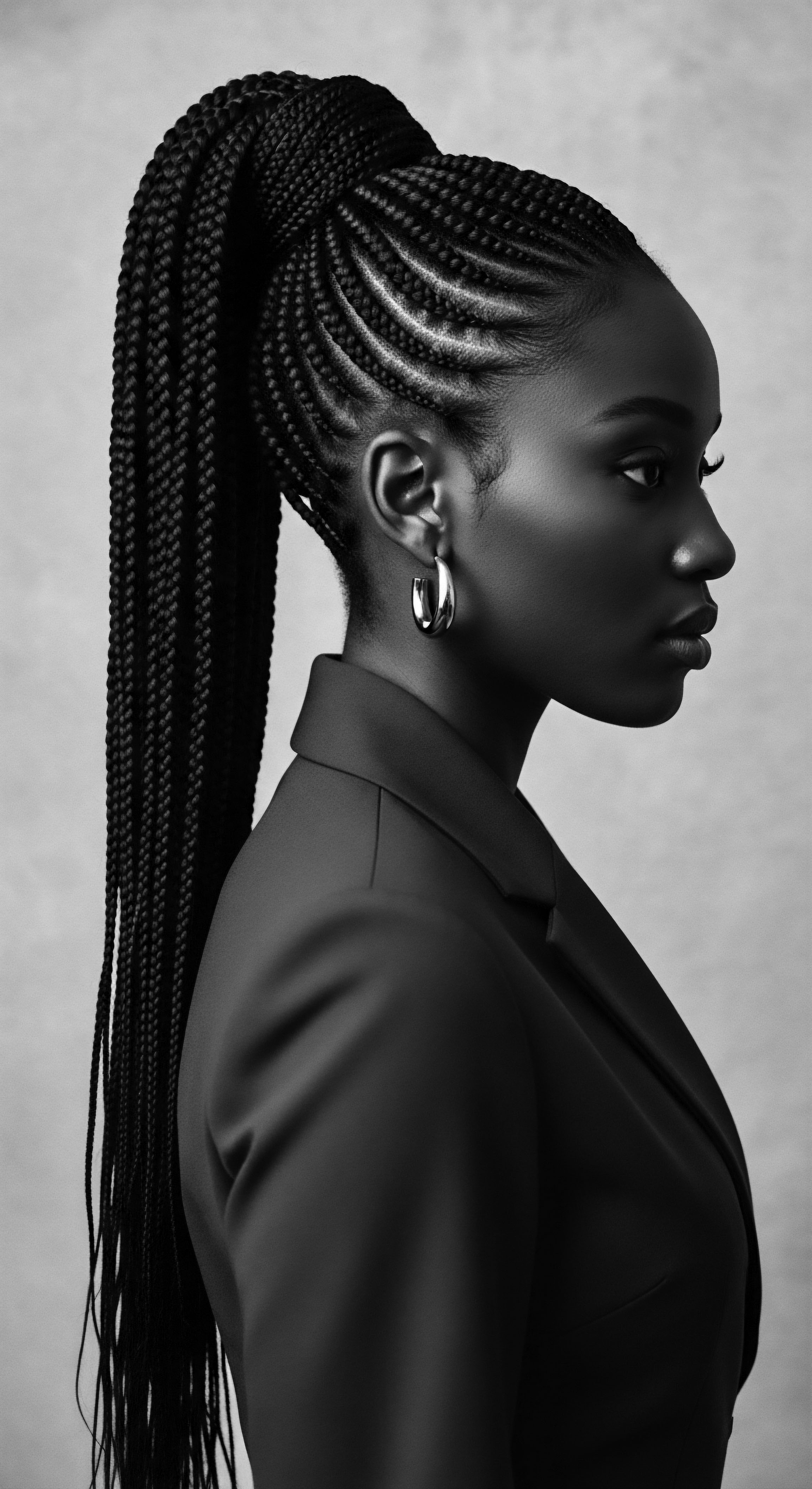
What is the historical origin of specific protective styles?
Protective styles originated from ancient African civilizations, evolving as essential methods for textured hair health, cultural expression, and ancestral connection.

Can modern science validate traditional shea butter hair care?
Modern science confirms that traditional shea butter hair care supports textured hair by providing essential lipids and reducing friction, honoring ancestral wisdom.

Can traditional African hair care methods be explained by modern nutritional principles?
Traditional African hair care, rooted in ancestral knowledge, aligns with modern nutritional principles by providing vital compounds that bolster textured hair heritage.
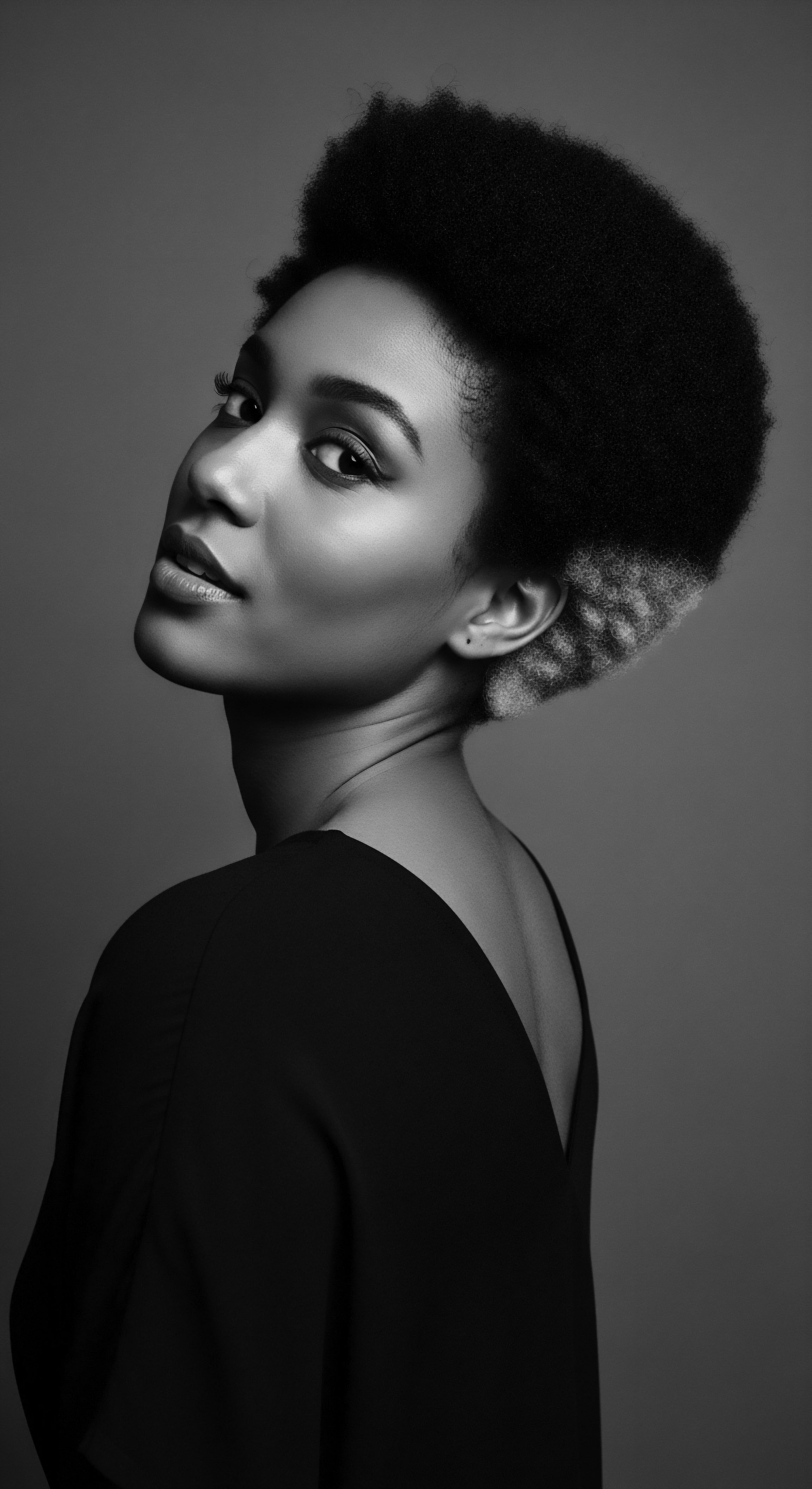
What ancestral practices for hair are validated by science?
Ancestral practices for textured hair, from oiling to protective styles, are validated by science as methods for moisture retention and reduced breakage, deeply linked to heritage.
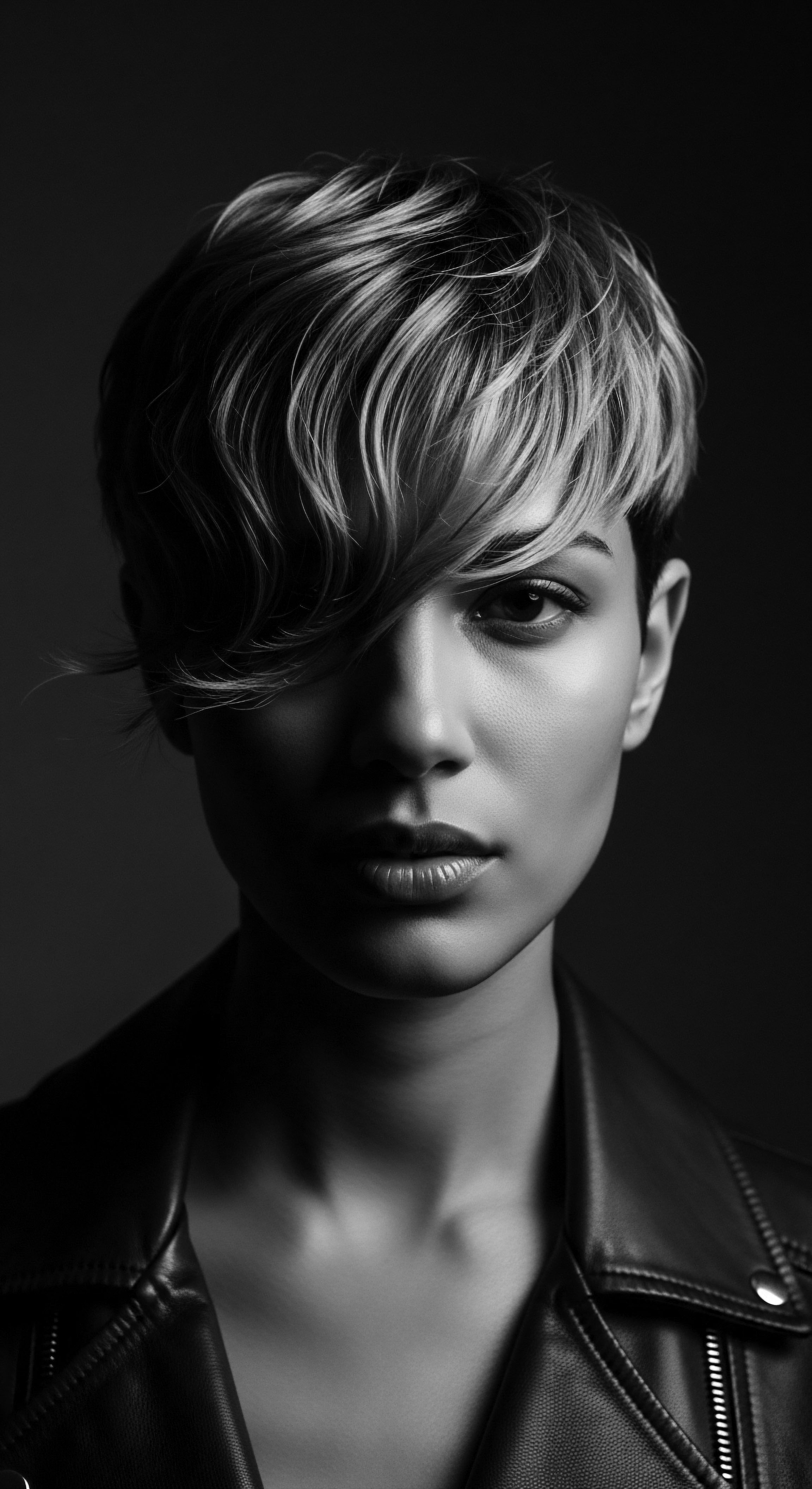
How do ancestral hair practices inform modern understanding of shea butter’s effects?
Ancestral practices inform modern understanding of shea butter's effects by providing historical context and observed benefits for textured hair.
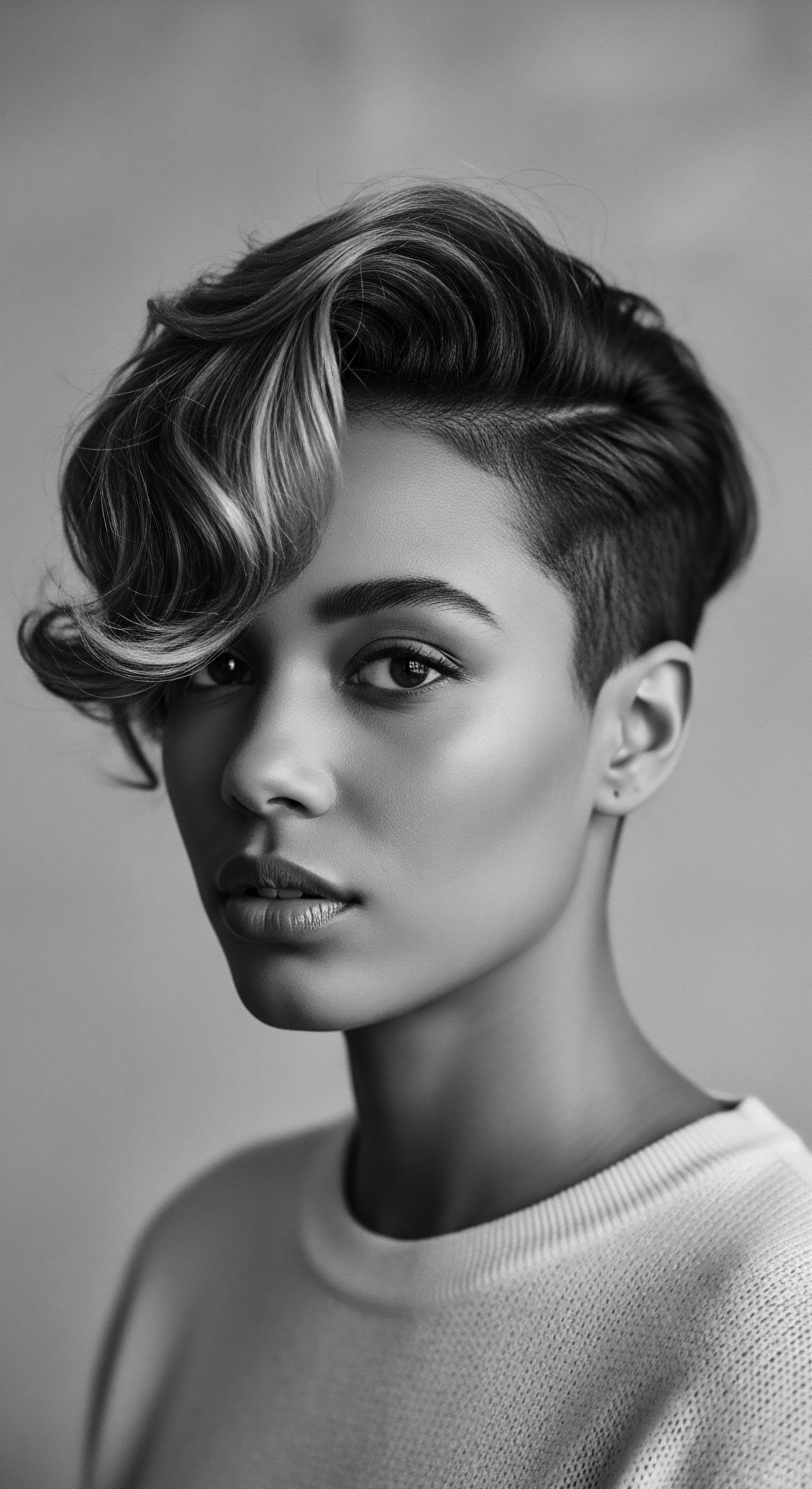
What historical hair practices sustained textured hair in dry climates?
Ancestral practices sustained textured hair in dry climates through protective styles and natural emollients.

How has shea butter shaped hair care traditions?
Shea butter has profoundly shaped textured hair traditions by serving as an ancestral balm, a cultural symbol, and a scientifically recognized conditioner, deeply tied to heritage.
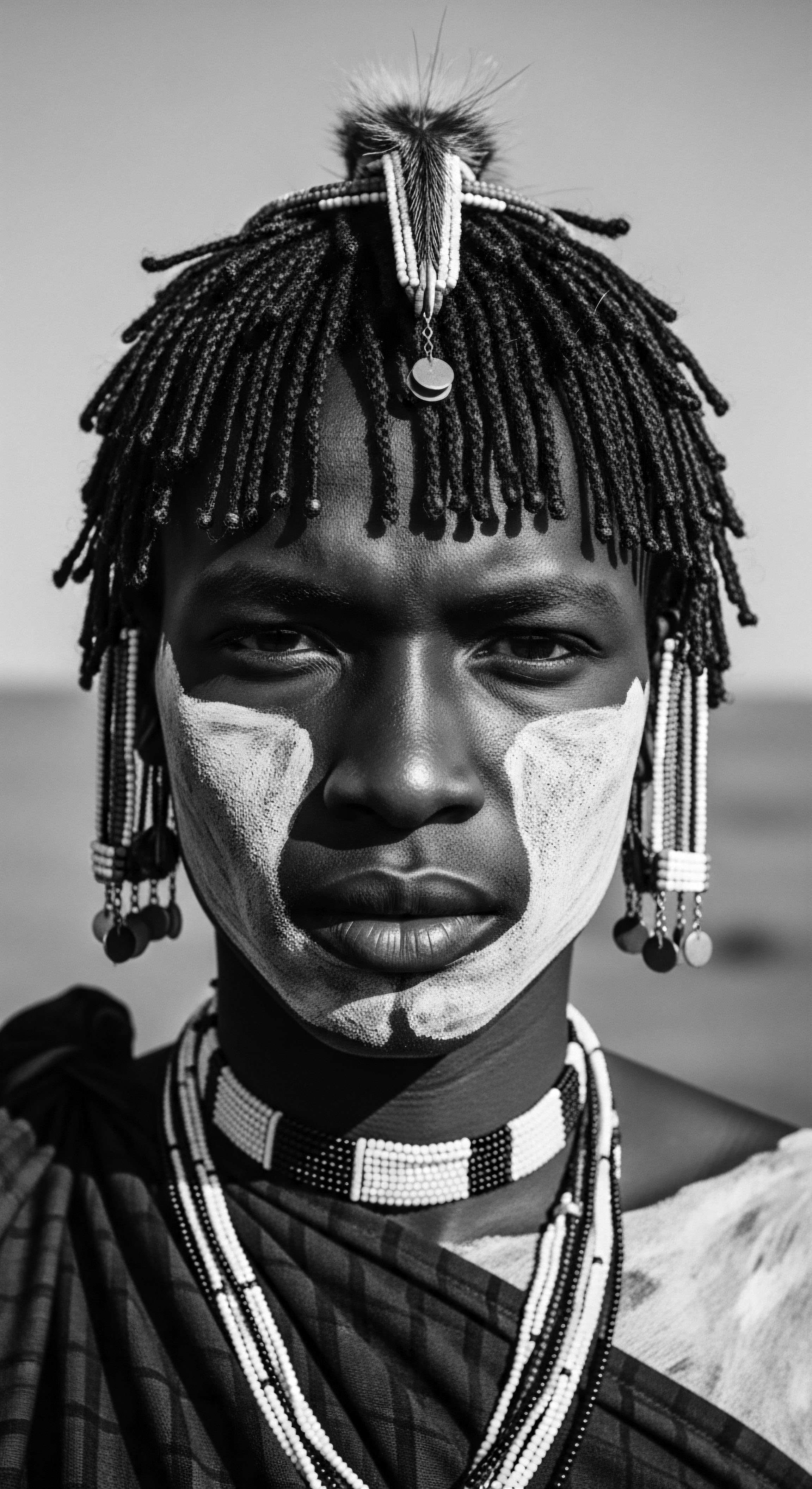
How do ancestral hair care practices influence modern beauty standards?
Ancestral hair practices profoundly shape modern beauty standards by preserving the heritage, rituals, and profound identity woven into textured hair care.

How do minerals in Ghassoul clay support textured hair heritage?
Ghassoul clay’s minerals offer a gentle cleanse, supporting textured hair heritage by honoring ancestral practices and nurturing natural curl patterns.

How do community bonds influence traditional textured hair care practices over centuries?
Community bonds historically transmitted vital knowledge and rituals, sustaining textured hair care as a heritage act.

What traditional oils offer the best protection for textured hair?
Traditional oils like shea butter, coconut, jojoba, and red palm offer defense for textured hair, rooted in ancestral practices.

In what ways did henna contribute to hair strength for textured strands?
Henna fortifies textured hair by bonding lawsone to keratin, reinforcing strands, and honoring a rich ancestral care heritage.

How does hair follicle shape affect curl?
Hair follicle shape, a genetic inheritance, sculpts hair's curl, deeply influencing textured hair heritage and traditional care practices.

Which historical ingredients offer sustained value for textured hair nourishment?
Historical ingredients like shea butter, coconut oil, and aloe vera offer lasting value through their deep connection to textured hair heritage and ancestral care rituals.

Why do traditional plant elements remain vital for textured hair?
Traditional plant elements remain vital for textured hair by offering natural, effective nourishment deeply connected to ancestral heritage and hair's unique structure.

Can ancient botanical knowledge truly revitalize textured hair today?
Ancient botanical wisdom offers potent, heritage-driven solutions for revitalizing textured hair through natural compounds and time-honored practices.

What ancestral wisdom about botanicals continues to guide textured hair wellness today?
Ancestral botanical wisdom guides textured hair wellness by providing time-honored remedies for moisture, strength, and cultural identity.

Can science explain the cultural wisdom of textured hair care?
Science validates the cultural wisdom of textured hair care by demonstrating how ancestral practices intuitively addressed hair's unique biological needs and heritage.
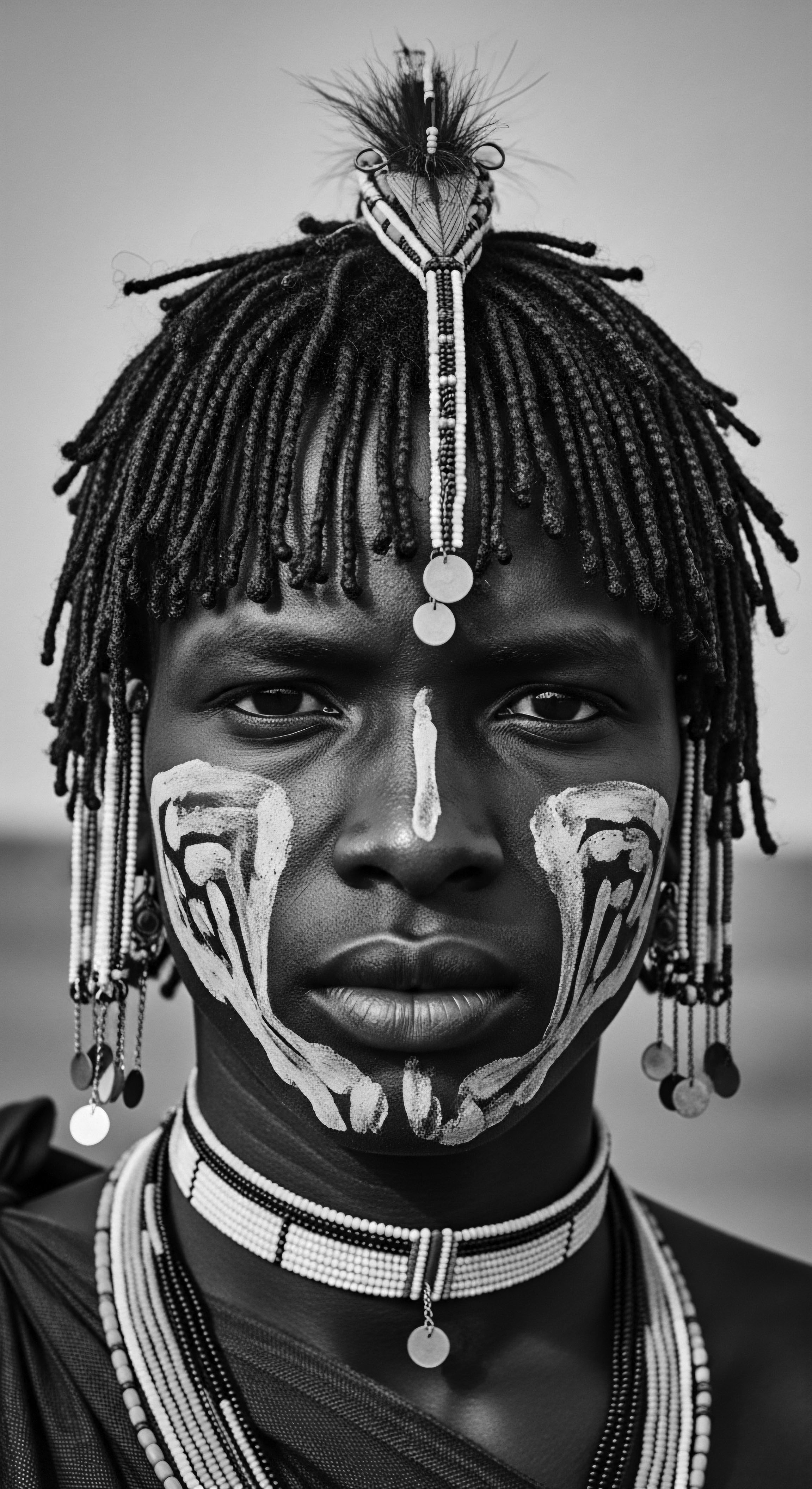
Why does textured hair intrinsically benefit from shea butter’s properties?
Shea butter intrinsically benefits textured hair by offering profound moisture and protection, honoring an ancient heritage of care and resilience.

How do shea butter lipids protect textured hair?
Shea butter lipids shield textured hair by forming a moisturizing barrier, honoring an enduring ancestral heritage of protection.
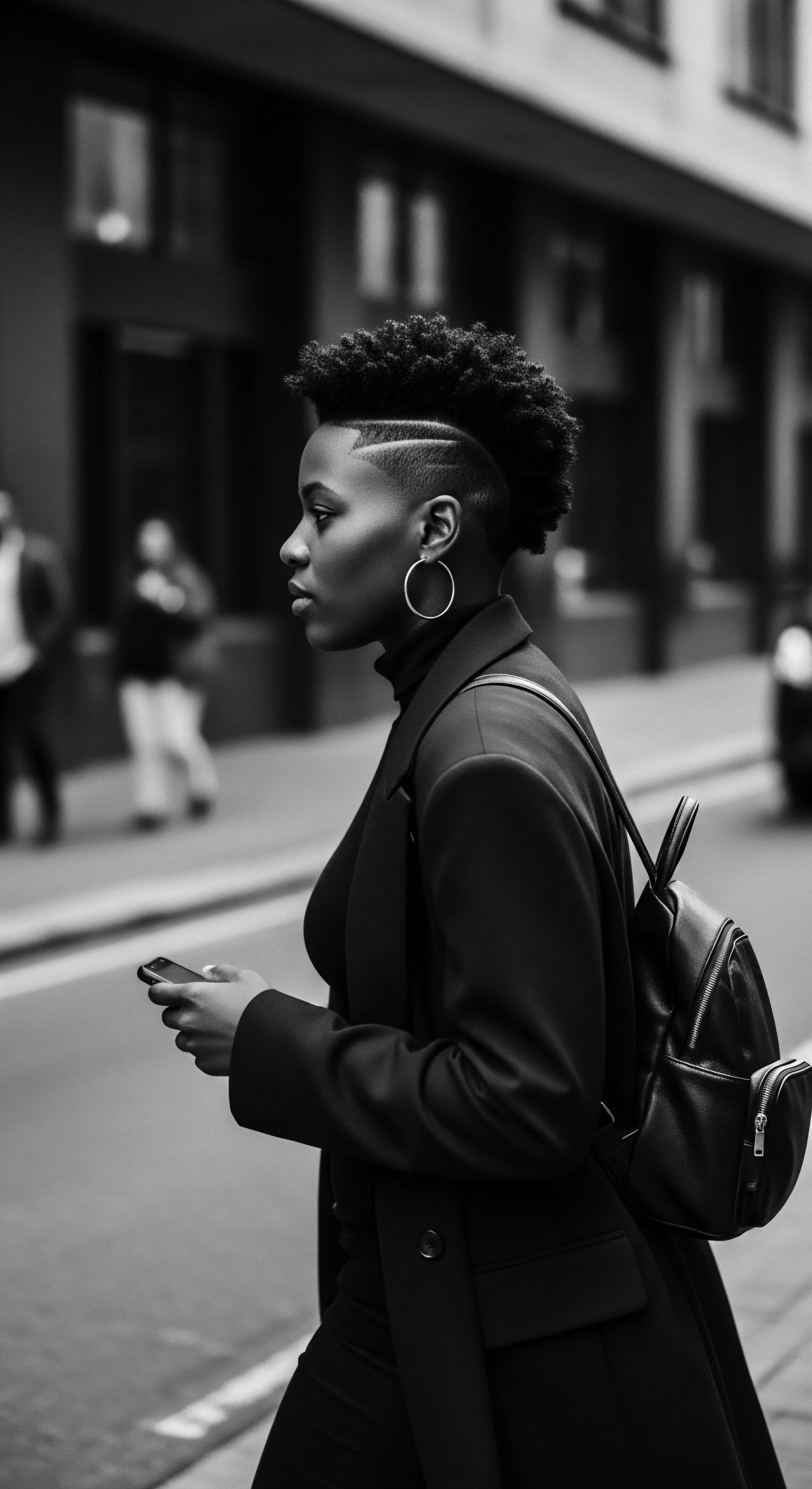
What minerals fortify textured strands?
Minerals like zinc, iron, and silica fortify textured strands by supporting keratin production and scalp health, echoing ancient heritage practices.
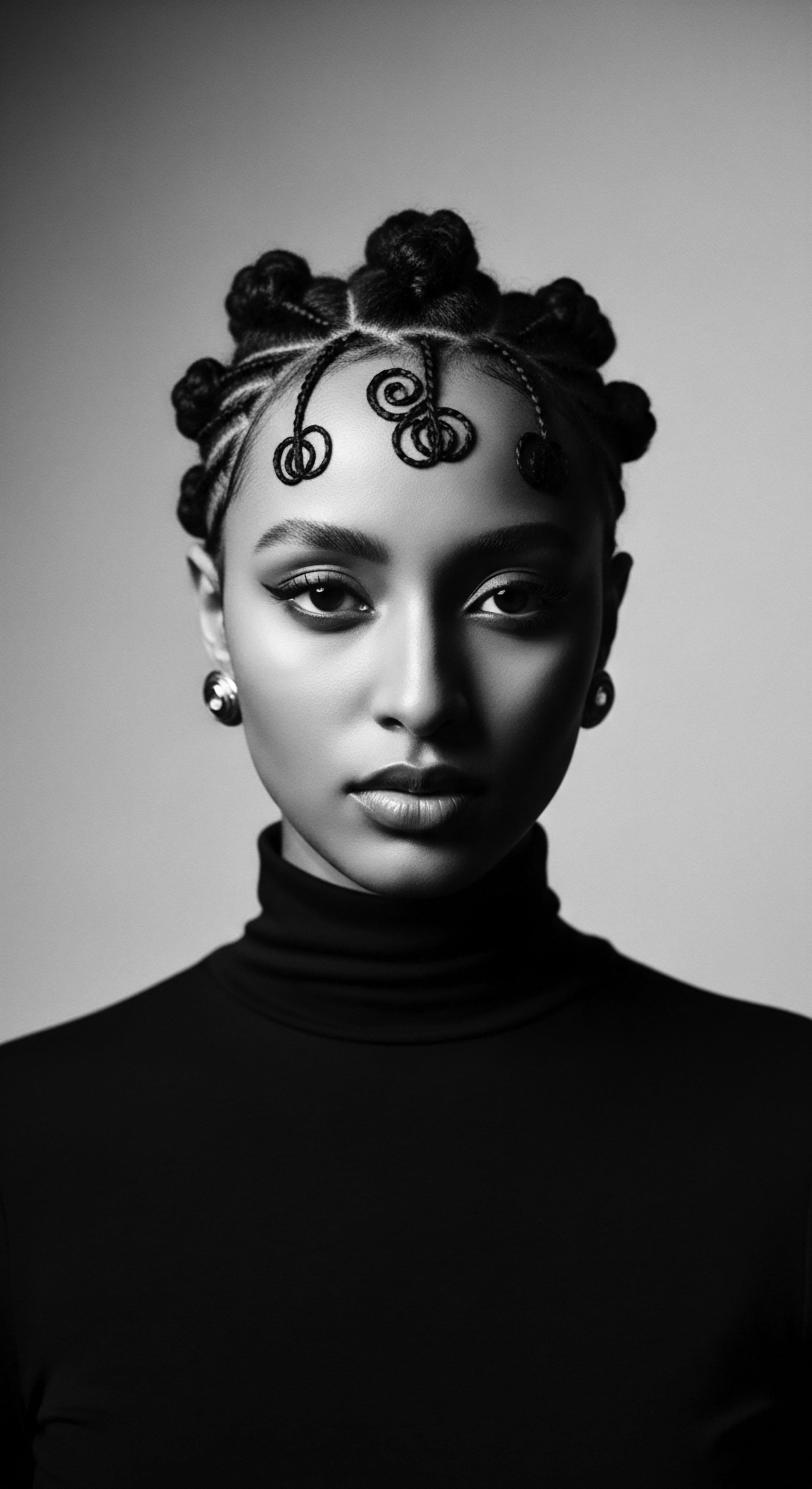
Can rhassoul clay enhance textured hair resilience?
Rhassoul clay enhances textured hair resilience by drawing on its mineral-rich heritage to gently cleanse and strengthen strands.

Can Rhassoul clay replace traditional shampoos for textured hair moisture?
Rhassoul clay offers a mineral-rich, gentle cleansing alternative that aligns with ancestral methods of preserving textured hair moisture.
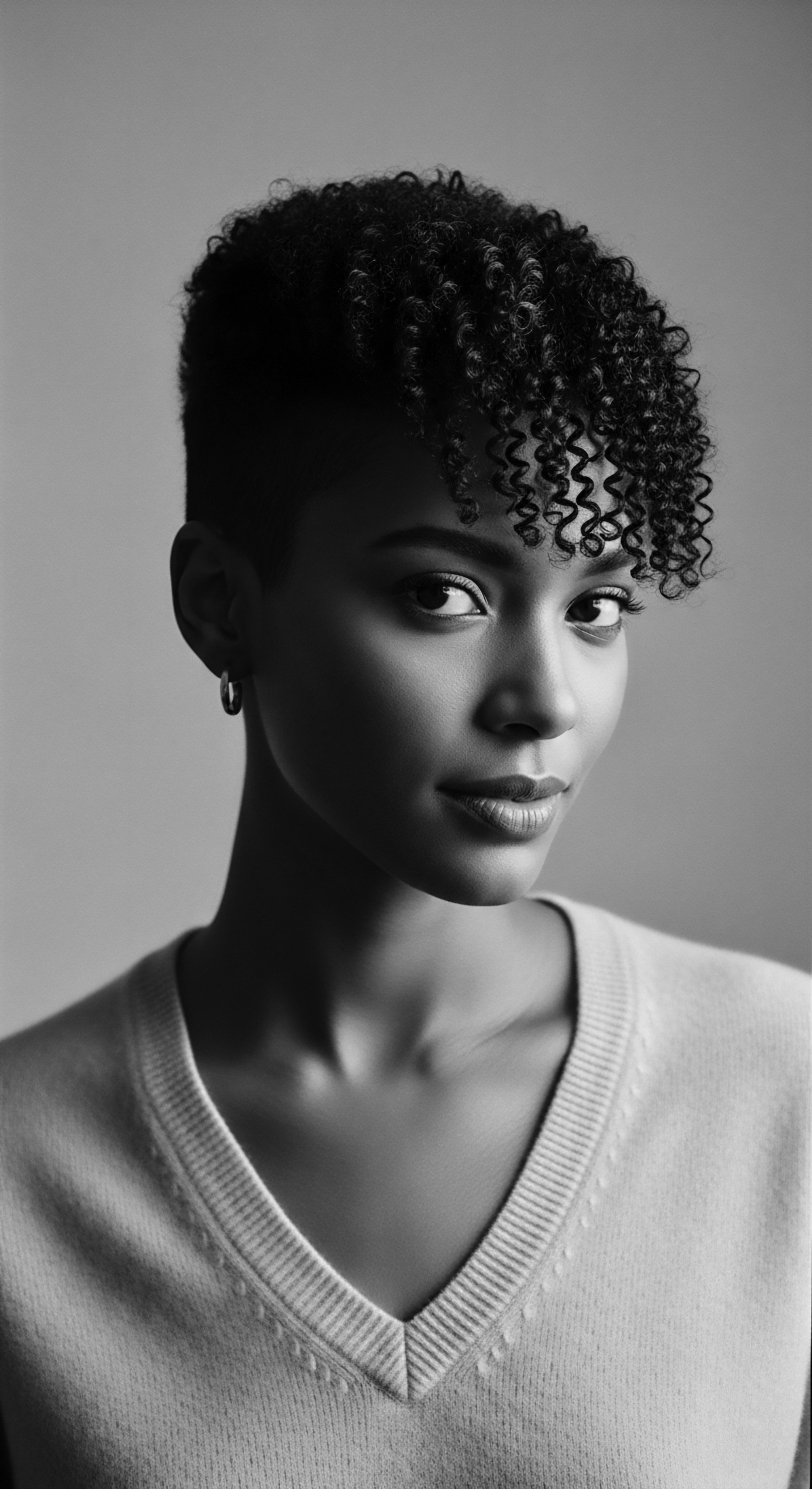
In what ways do rhassoul clay’s ancestral adaptations remain relevant for textured hair heritage today?
Rhassoul clay's ancestral adaptations remain relevant for textured hair heritage today by offering gentle, mineral-rich cleansing that honors natural moisture and cultural identity.

What ancestral wellness beliefs connect to textured hair vitality?
Ancestral wellness beliefs connect textured hair vitality to spiritual energy, communal care, and natural ingredients, honoring a profound cultural heritage.

